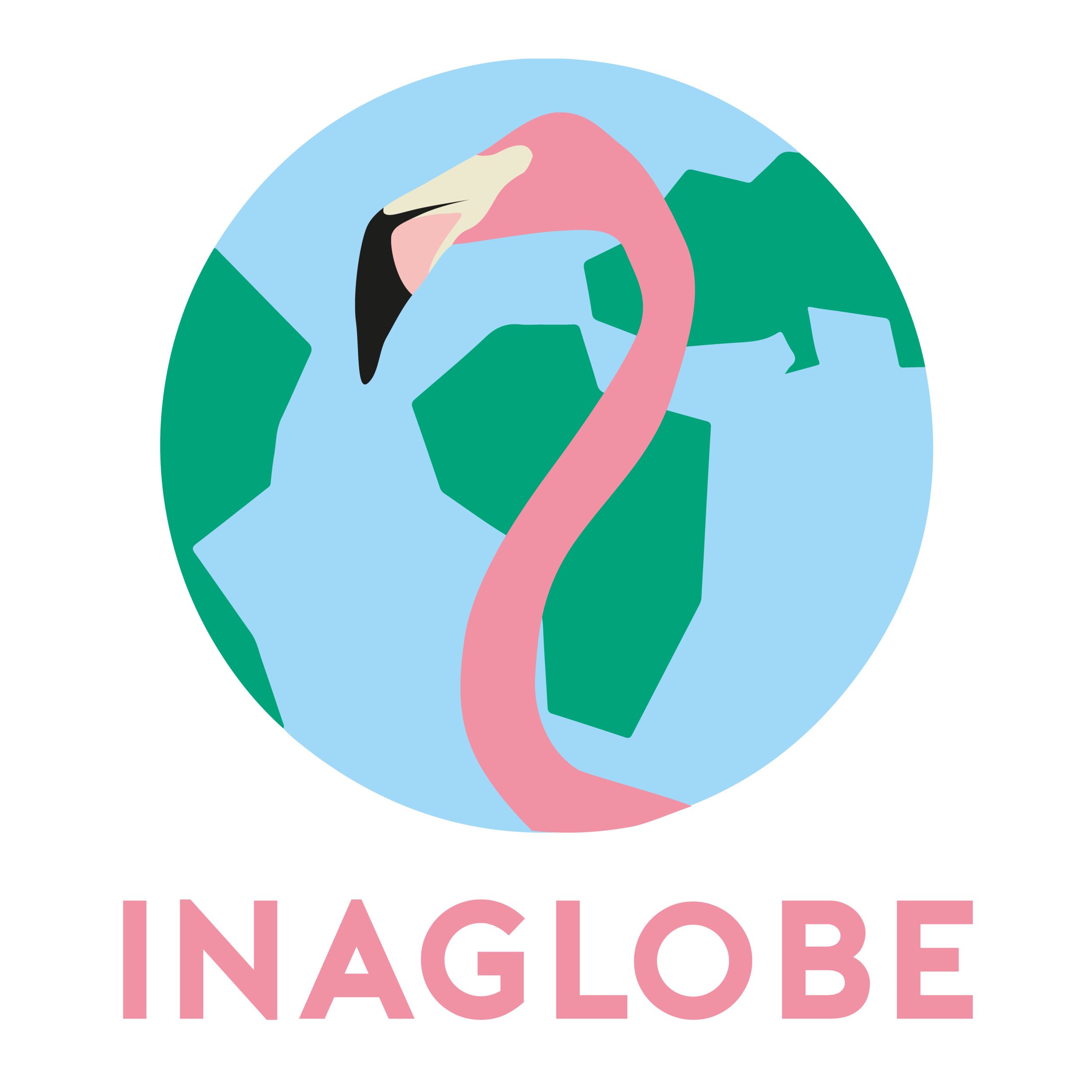With this blog post I seek to give a perspective on how structural racism is a part of development and also expand and develop InAGlobe’s position on certain issues. This will be done by exploring how technological innovation and collaborative design can be used to make the world a more equitable place by addressing the specific needs of the people we seek to innovate for.
Read More“Health spending is not a cost, it’s an investment in poverty reduction, jobs, productivity, inclusive economic growth, and healthier, safer, fairer societies.”1 This was said by Dr Tedros Adhanom Ghebreyesus, World Health Organisation (WHO) Director-General. The health of each individual affects not just themselves but also society.
Read MoreInclusive education is a concept that stems from the idea that all children around the world, regardless of disability, race, class, sex, religion or language, are entitled to an education. It contains many similarities to the more widely known method of integration, which focuses primarily on disability and special needs.
Read MoreNowadays, basic education is expected from the government and the law requires citizens to attend school up to a certain level. Education is not only a human right, it is also a duty to fulfil. Indeed, literacy rates and enrolment rates have increased over the years, in which there were 62 million out-of-school lower secondary school children in 2015, a large decrease from 97 million in 2000 (UNICEF, 2019). However, if we really recognise education as a right, then much can still be done since there are still people who are illiterate (according to UNESCO (2017), 750 million people) or unable to attend school.
Read MoreWe usually associate education with academic knowledge obtained through institutions, such as primary and secondary schools and universities. Education can also refer to vocational training, where practical skills are obtained instead of purely academic skills. However, is education the equivalent of schooling?
Read MoreSystems thinking, or systems science came slowly into the scene with a set of academic dialogues between experts in Biology, Psychology and Ecology. The discovery of the Cell, the Theory of Evolution and Genomics catalysed these conversations (Capra, 2019). During the 1920s and 1930s, scientists began to observe levels of complexity in their discoveries that they were unable to fully comprehend using Descartes’s reductionist approach to science.
Read MoreHuman-centred design is a framework that emphasises the human perspective in all steps of the design process. It serves to provide the end user with a product that they will truly want, need and find useful. It is also often seen as something more than just a design framework: it is a mindset and a tool that intends to create a long-lasting, positive impact on the user.
Read MoreInnovation is a term we often hear. We say that Apple is innovative, so is Facebook and Dyson. However, innovation goes beyond the realm of technology. Innovation is the initiation of an idea through imagination and ultimately, the invention of a novel product when there is enough information. That seems to be a lot of ‘i’s to take in.
Read MoreMore than ever, in a world of increasing complexity, we need to become aware of the countless challenges that the forthcoming generations will need to tackle, we need to be aware of what is happening. This sounds journalistic, but the difference is that a lot of information is already there, we just need to interpret it, we need to understand it. At InAGlobe we see our mission as far more than simply building partnerships towards humanitarian innovation.
Read More